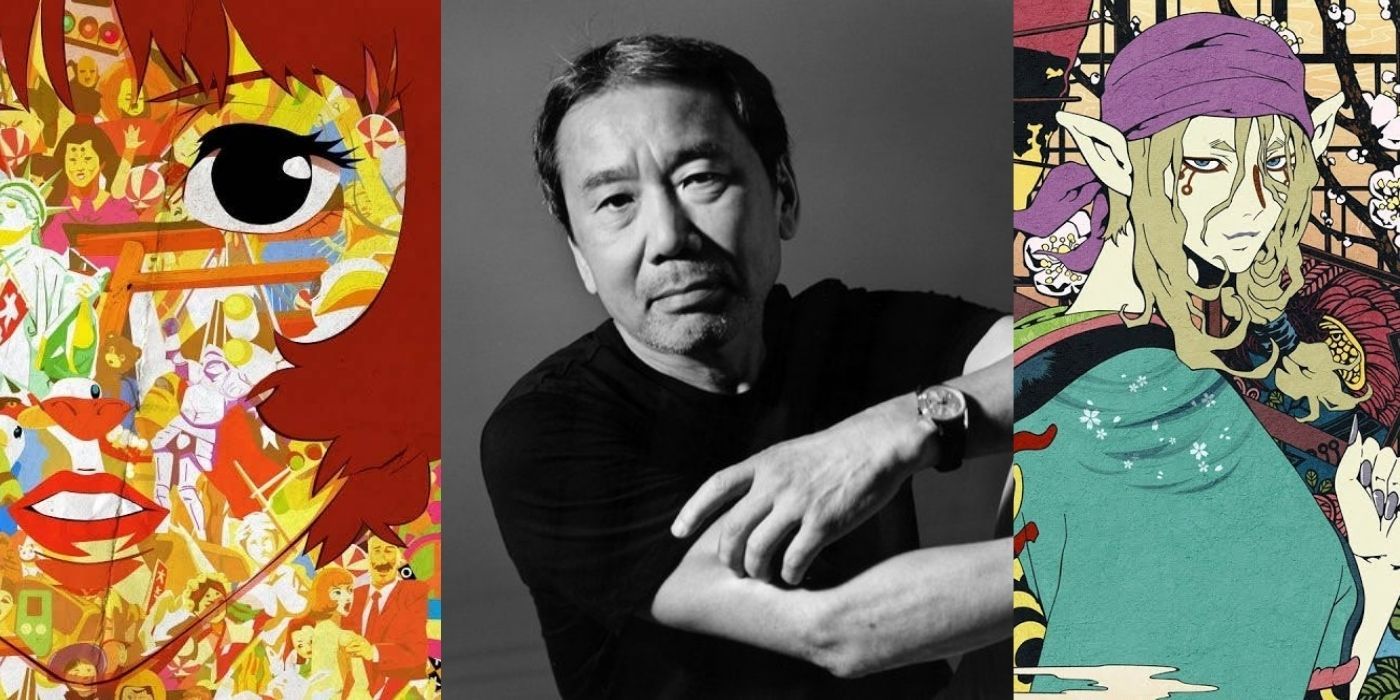
There are few Japanese authors as internationally successful as Haruki Murakami. Responsible for such literary darlings as The Wind-Up Bird Chronicle, Kafka on the Shore, and Norwegian Wood, most of Murakami's work stands apart because it is so distinctly his own. While his prose is poetic, his ideas are often surreal, and he has been categorized as an author of the "new weird" subgenre.
Often reminiscent of Kafka, Vonnegut, and other authors preoccupied with themes of isolation, the perils of the modern world, and dark whimsy, Murakami is hard to describe to those who haven't read him. Kafka on the Shore tells the story of a teen who runs away from home to escape an Oedipal curse, finding solace in a strange library. Hard-Boiled Wonderland is a bizarre take on the cyberpunk noir genre, and several of his novels fixate on finding lost cats. While it's not easy to define what it means to be Murakami-esque, there are anime that seem to belong in the same universe as the author's acclaimed works of magical realism.
10 Kino's Journey
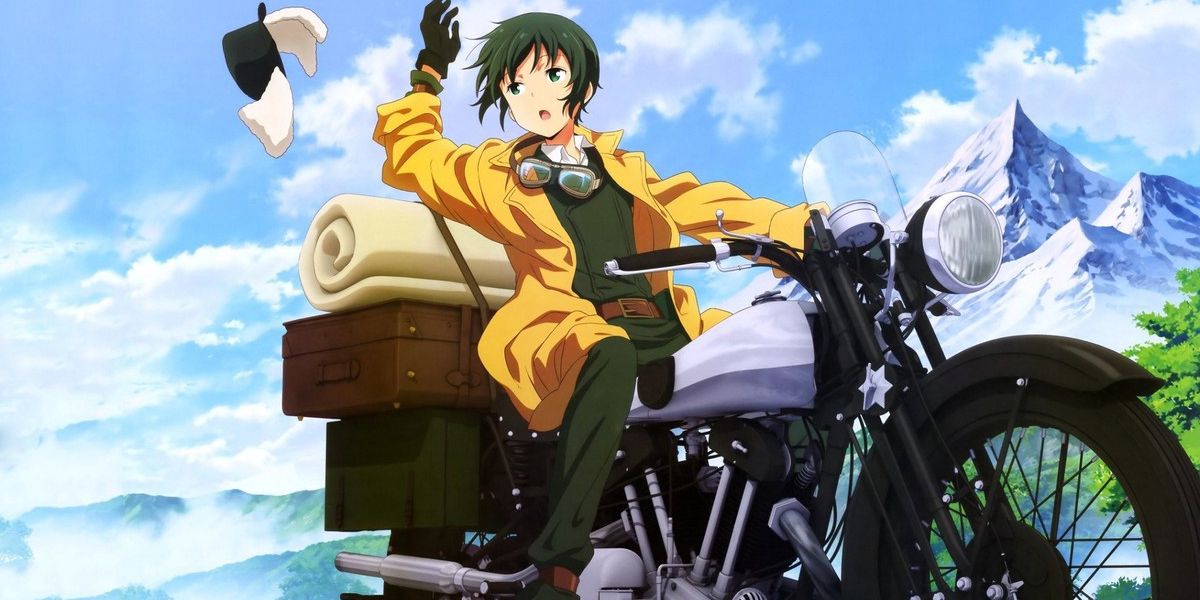
In many of Murakami's works, characters leave home to find or escape themselves. Only from elsewhere can characters see themselves clearly, and often the "elsewhere" in question is a fantastical world. Similarly, Kino's Journey is a disorienting journey across unrecognizable landscapes that feel nonetheless familiar.
Eventually, the strangeness of the series no longer registers. Yes, there's a talking motorcycle and sentient machines and monsters more besides, but at the heart of it is a relatable, solitary character seeking beauty.
9 Shinsekai Yori
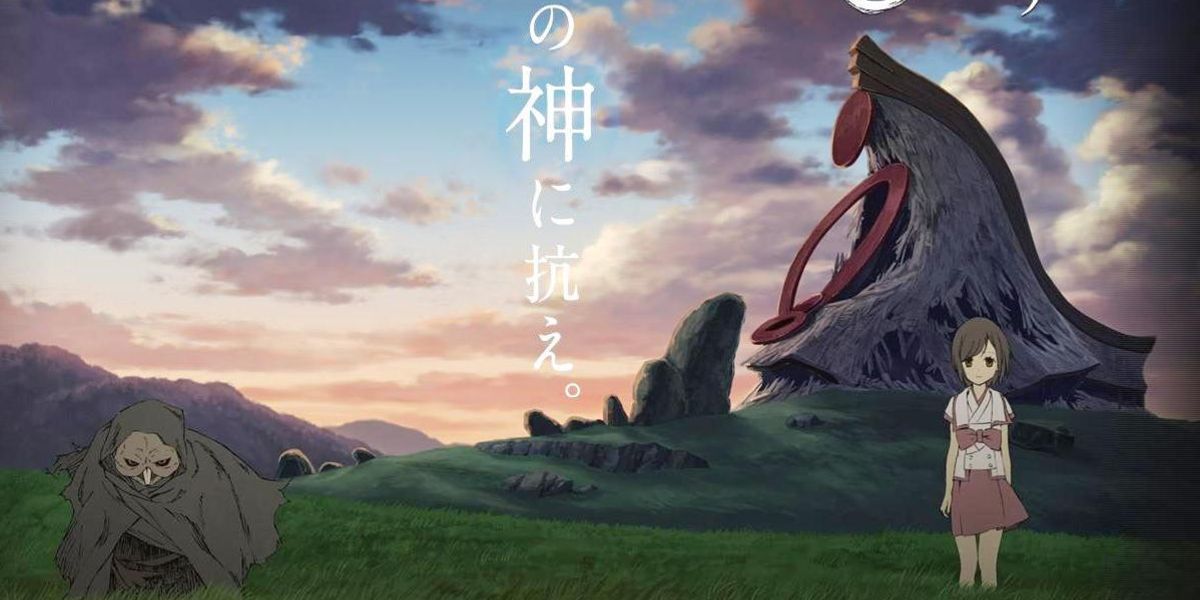
Many of Murakami's books emanate a vast sense of displacement. Is this the real world, or is it somewhere unrecognizable? Shinsekai Yori encapsulates this same uneasy feeling. Set in the distant future on a very altered Earth, the story seems unanchored in time.
While aspects of the worldbuilding suggest a wild utopia, of course darkness prevails beneath the surface. Like Murakami, the show is preoccupied with the things people don't say, the things not quite seen, a secret current of things unspoken, and a world that might be an enemy.
8 Arakawa Under the Bridge
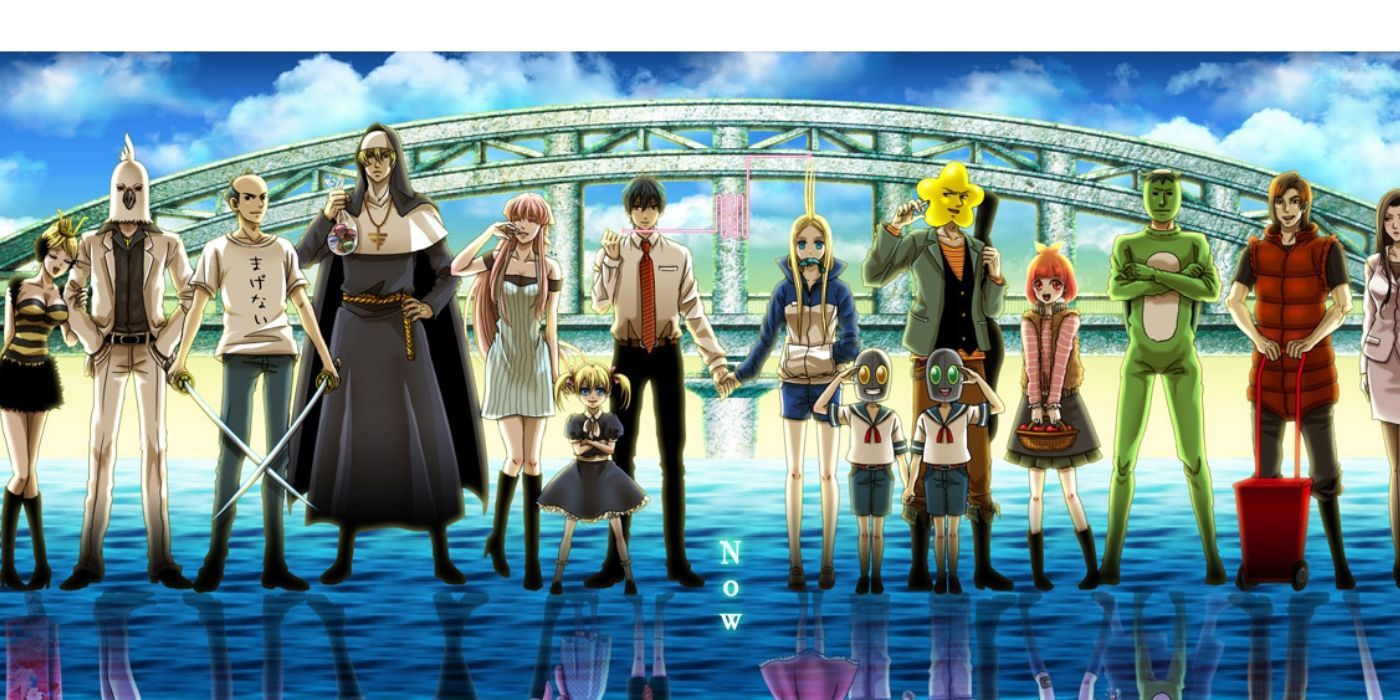
Just because Murakami is an acclaimed author who writes bizarre stories doesn't mean his works are completely devoid of humor. Satire comes in all forms, and Arakawa Under the Bridge is an anime that addresses serious issues like homelessness and isolation with whimsy.
The entire series focuses on the human and inhuman inhabitants who live under a bridge in Arakawa, Tokyo. While often zany, the implication that there are entire ecosystems ignored by the public resonates. Like the work of Murakami, the show encourages some deeper thought.
7 Durarara!
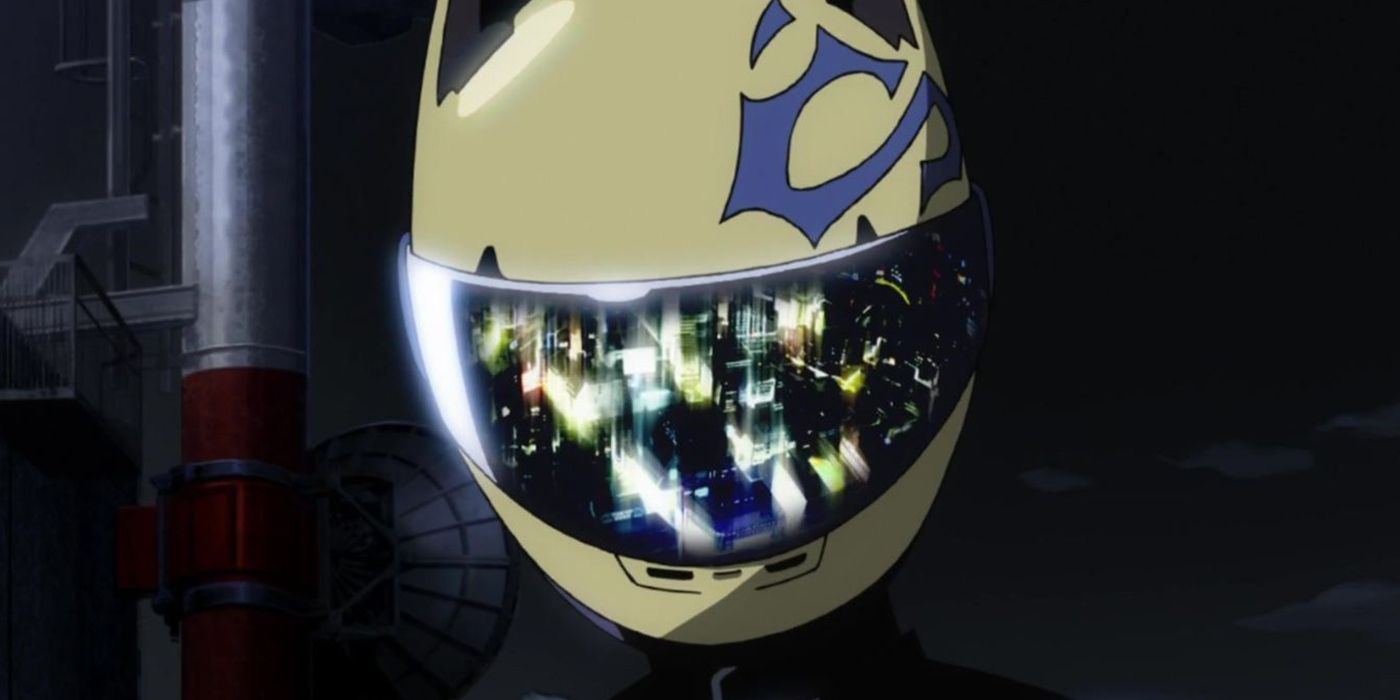
Durarara! is often dismissed from discussions about magical realism, perhaps because the series became so very popular. But there are few series that so perfectly balance reality and unreality as this series about monsters and humans thriving in Ikebukuro. These characters present as normal by day and by night become as bizarre a cast as any: A headless horsewoman who works as a courier, a teenage girl possessed by a sword, and an unemployed bartender with superhuman strength who throws vending machines around.
Every "normal" person in Durarara! is really anything but. There are few series as oddball and fundamentally relatable. After all, who doesn't hide some part of their identity behind a façade of the daily grind?
6 The Flowers of Evil
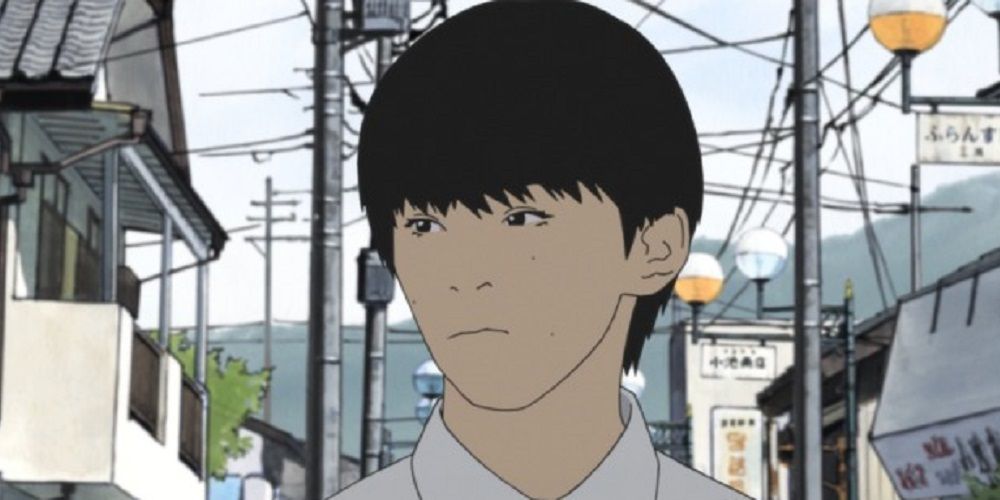
It's likely that Murakami is very familiar with the poetry of the famed French essayist Baudelaire. Like Murakami, Baudelaire was preoccupied with concepts of modernity and sexuality, and the anime later inspired by Baudelaire's work falls into that category. Aku No Hana (The Flowers of Evil) is a story about human unpleasantness.
When high schooler Takao Kasuga becomes infatuated with a female classmate and steals her gym clothes, another classmate catches him in the act and begins to blackmail him. Murakami has been fairly criticized for writing women as caricatures, and Aku No Hana suffers from a similar tendency, but the series remains a horror staple simply because it is altogether too plausible.
5 Boogiepop Phantom
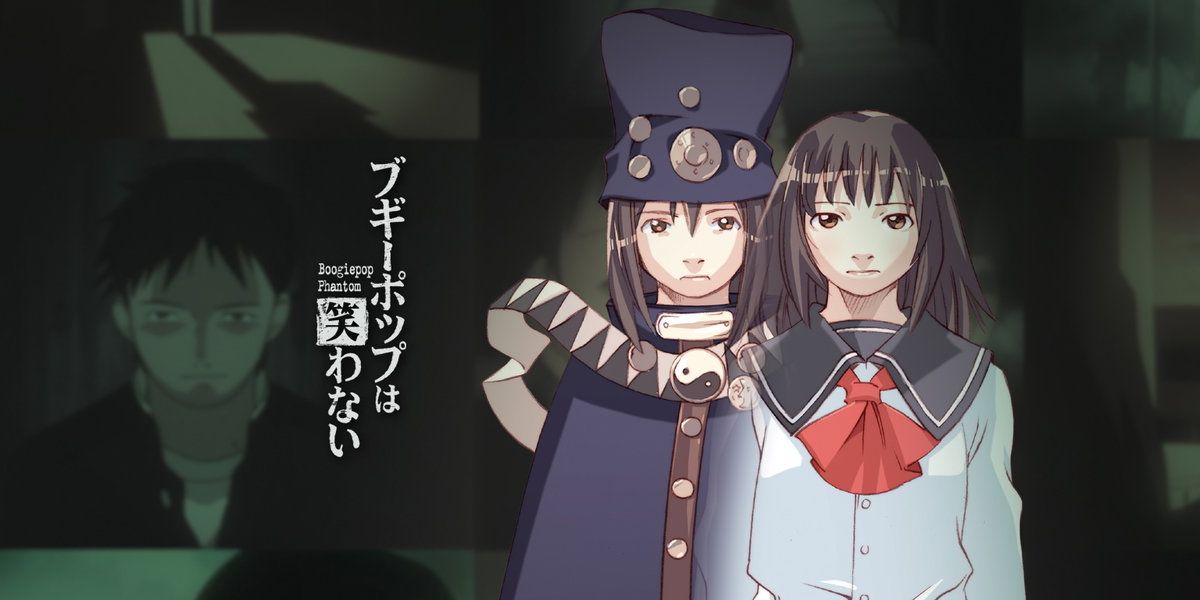
Like much of Murakami's work, Boogiepop Phantom is hard to classify. Part psychological-horror and part avant-garde, the show blurs the lines between reality and dreams. After several teens witness a slew of serial killings, they are haunted by a figure known as the Boogiepop Phantom, said to be a manifestation of death.
Urban legends are common in the modern world, and so often people dismiss them. But sometimes human beings make the legends come to fruition, and could that be the case here? Escapism is hard to attain when you're trying to escape yourself.
4 Time Of Eve
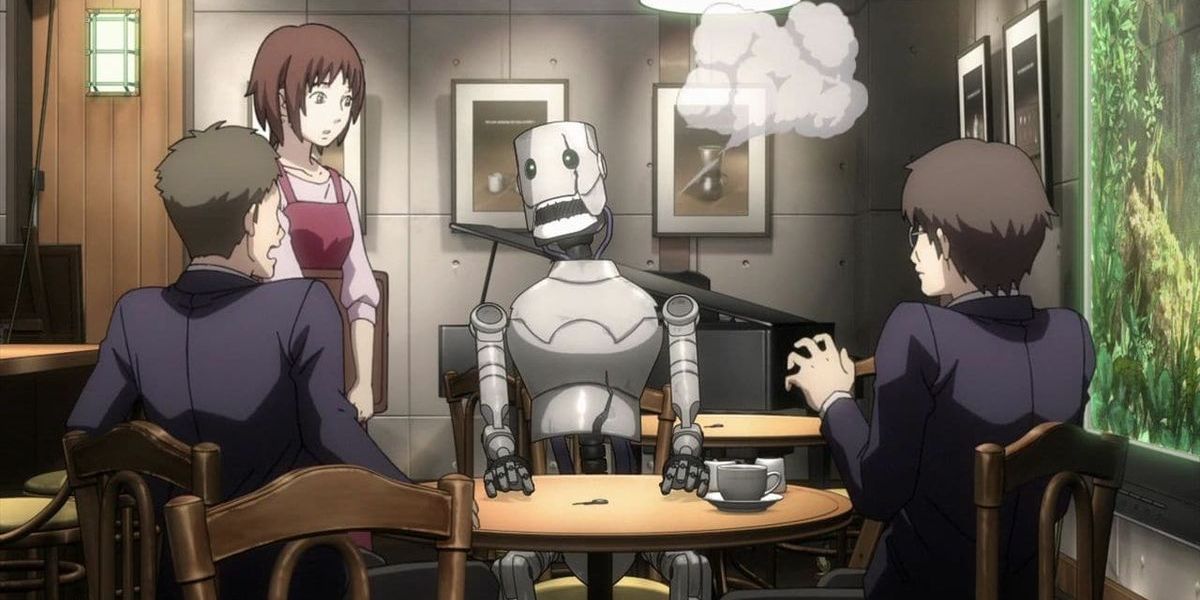
Much of Murakami's work is less slice-of-life and more science-fiction or fantasy. While mainstream literary acclaim is often withheld from sci-fi stories, exceptions seem to be made for authors that critics perceive as elevating the genre.
As problematic as this is, as it's far too dismissive of the amazing work of sci-fi and fantasy creators, this is often the case in anime as well. Eve No Jikan (Time of Eve), however, is a science fiction story that seems to have escaped the sci-fi stigma by leaning into realism. Set entirely in a speakeasy where humans interact illegally with artificial intelligence, the series is composed of vignettes that use human-robot interactions to explore deeper themes.
3 Mononoke
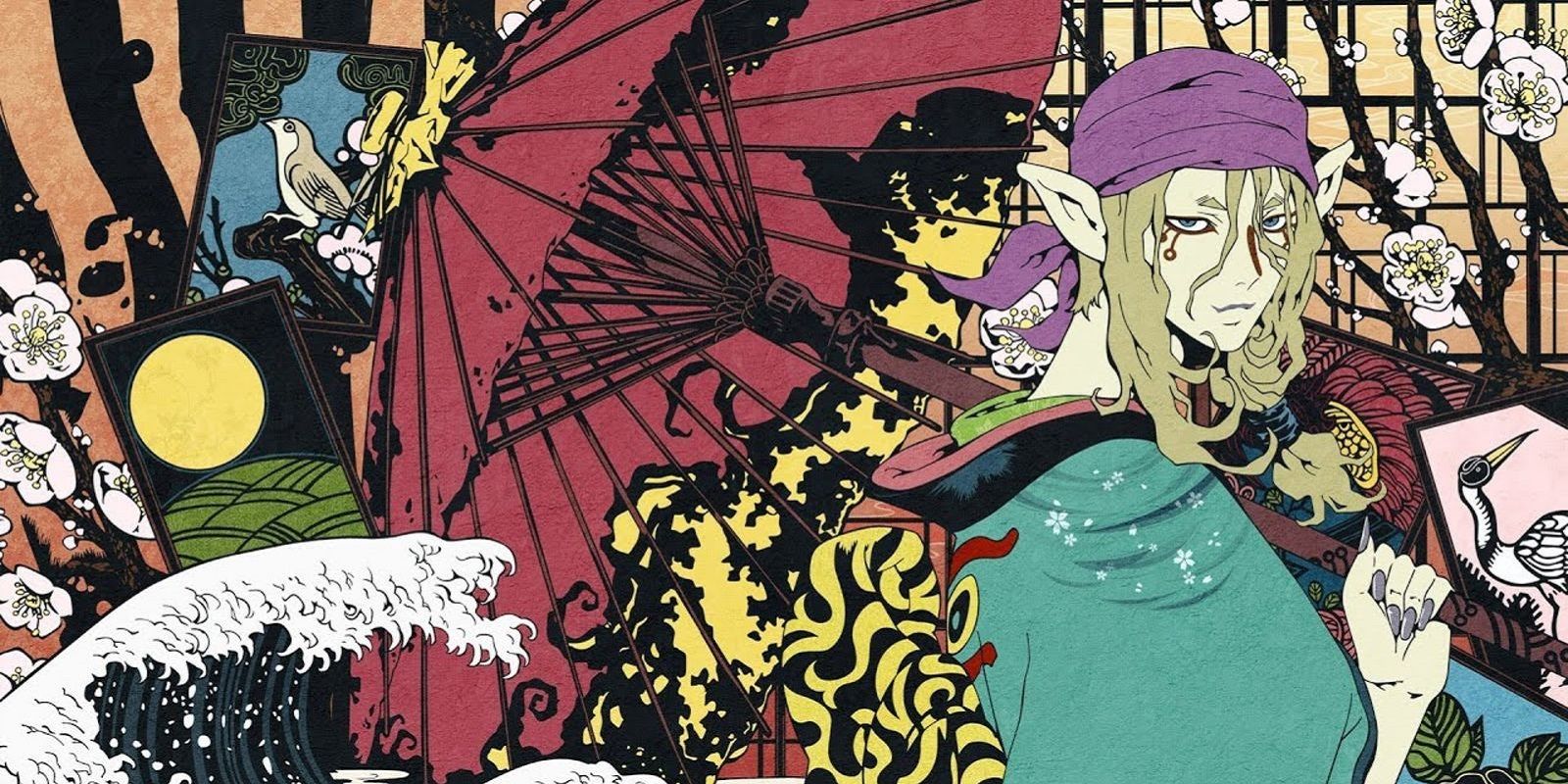
While most of Murakami's canon is reflective of modern-world phobias, his stories simultaneously feel like they might take place anywhere human beings exist. Mononoke is set in Edo-period Japan and follows a mysterious medicine seller as he faces off with supernatural foes.
But while the ayakashi, or spirits, are supernatural, they are tied to human emotions in a manner similar to poltergeists. To deal with the monsters, human emotions must also be dealt with. This notion that human feelings can warp the environments around them is frequently captured in Murakami's writing.
2 The Eccentric Family
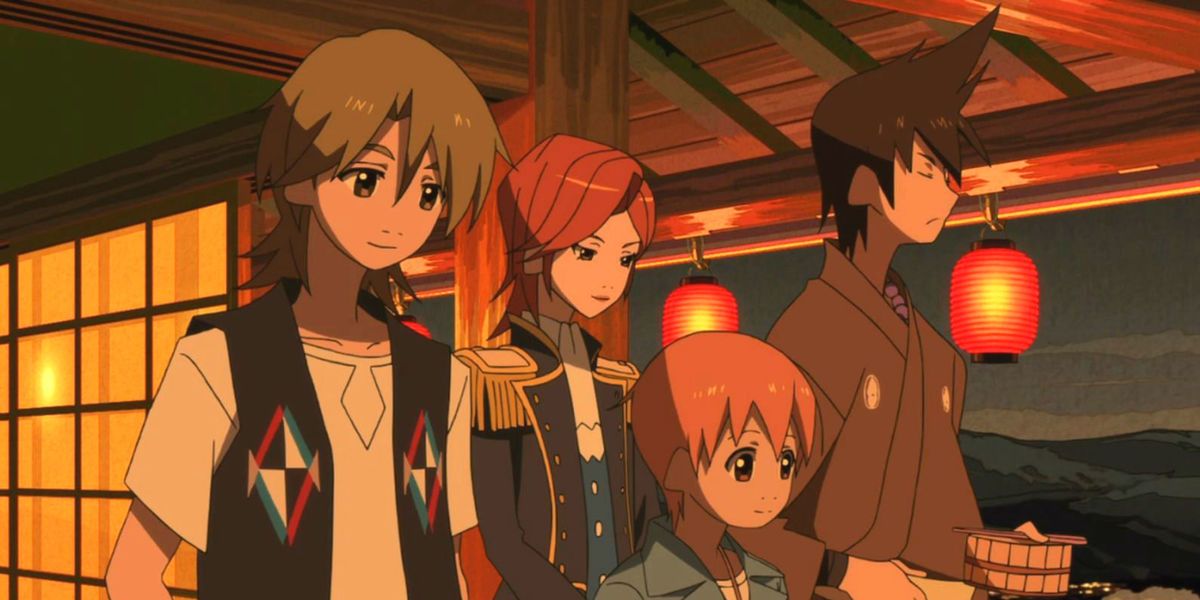
In the best of Murakami's works, magical creatures live side by side with human beings in seemingly mundane places. Such is also the case in PA Works' modern masterpiece The Eccentric Family. The series follows the escapades of a family of shapeshifting tanuki living in modern-day Kyoto. What might be twee in lesser hands is deeply introspective as written by The Tatami Galaxy author Tomihiko Omori.
While the show is endlessly odd and inventive, it is also deeply concerned with the humanity of inhuman creatures. The family is grieving the loss of their patriarch, the slow demise of their way of life, and the harsh reality that members of their species are eaten at hotpot parties. If that's not Murakami-esque, what is?
1 The Works of Satoshi Kon
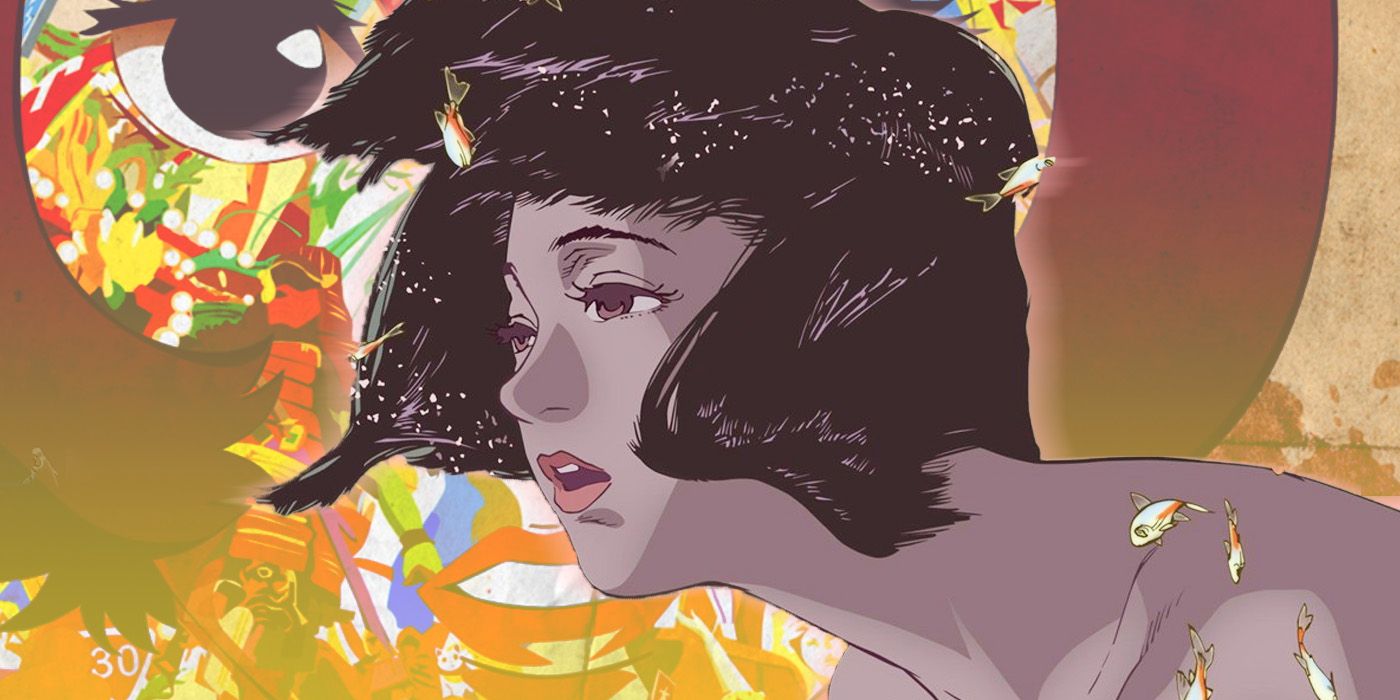
Millennium Actress. Paprika. Perfect Blue. Paranoia Agent. All of these masterpieces were created by Satoshi Kon. Sadly, Kon has passed away, and anime has lost a surreal auteur. Like Murakami's work, much of Kon's oeuvre transcended cultural boundaries and received worldwide acclaim for its depictions of isolation and social stigma.
Whereas Murakami is often critiqued for failing to write female characters well, Satoshi Kon made it his mission to explore the female psyche. In a perfect world, Satoshi Kon would have directed an anime adaptation of Murakami's work and improved on it. Alas, his loss remains profound.
0 Comments